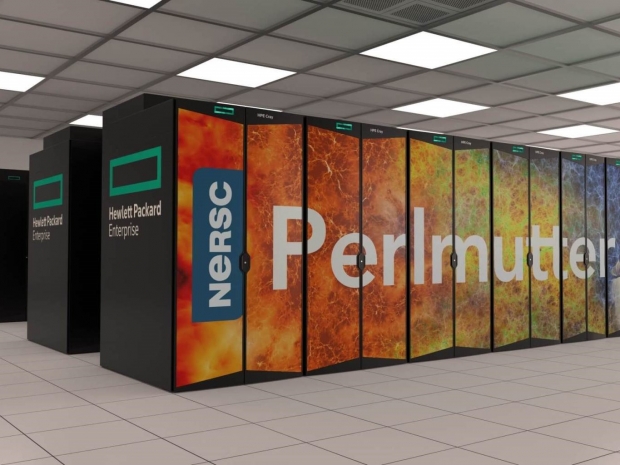The new supercomputer at Berkeley Lab will provide four times the computational power currently available at NERSC, making it among the fastest supercomputers in the world for scientific simulation, data analysis and artificial intelligence (AI). In development since 2019, the new system takes advantage of the industry-leading HPC workload performance1 offered by the new 3rd Gen AMD EPYC processors to facilitate faster and advanced research in climate, clean energy, semiconductors, microelectronics and quantum information science.
AMD senior vice president and general manager, Data Centre and Embedded Solutions Business Group Forrest Norrod said the chipmaker was proud to work with its strategic partners to push the boundaries of HPC in areas including scientific and environmental research, medical advancements and artificial intelligence.
"The new Perlmutter supercomputer from NERSC will drive the next wave of critical discoveries that help to solve the world’s biggest challenges.”
NERSC Director Sudip Dosanjh said: “Perlmutter will enable a larger range of applications than previous NERSC systems and is the first NERSC supercomputer designed from the start to meet the needs of both simulation and data analysis."
Perlmutter, named in honour of Nobel Prize-winning astrophysicist Saul Perlmutter, is being delivered in two phases. Phase 1 is now being deployed and features 1,536 nodes, each with one AMD EPYC 7763 processor and four NVIDIA NVlink-connected A100 Tensor Core GPUs. Phase 1 also includes a 35 PB all-flash Lustre file system that will provide very high-bandwidth storage.
Expected later this year, phase two will add another 3,072 CPU-only nodes, each with two AMD EPYC 7763 processors and 512 GB of memory per node.
A ribbon-cutting ceremony held virtually at Berkeley Lab’s National Energy Research Scientific Computing Center (NERSC) marked the official launch of Perlmutter – aka NERSC-9 – the GPU-accelerated supercomputer built by HPE in partnership with Nvidia and AMD. The HPE Cray EX supercomputer harnesses 6,159 Nvidia A100 GPUs and ~1,500 AMD Milan CPUs to deliver nearly 3.8 exaflops of theoretical “AI performance” (see endnote) or about 60 petaflops of peak double-precision (standard FP64) HPC performance.
The Perlmutter system will help map the visible universe-spanning 11 billion light-years by processing data from DESI, which is capable of capturing as many as 5,000 galaxies in a single exposure.
In order to know where to point this expensive instrument each evening, researchers need to assess the data from the night before. Perlmutter can analyse dozens of exposures quickly enough to provide this feedback in time for the next nightly cycle.
In early benchmarking, NERSC researchers have reported up to 20X performance speedups using the GPUs, which they say will accelerate their workflows from a matter of weeks or months down to hours.




